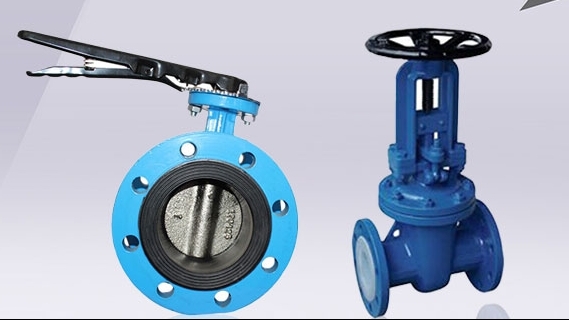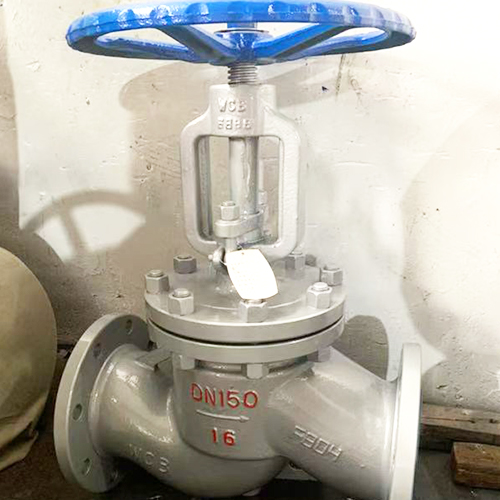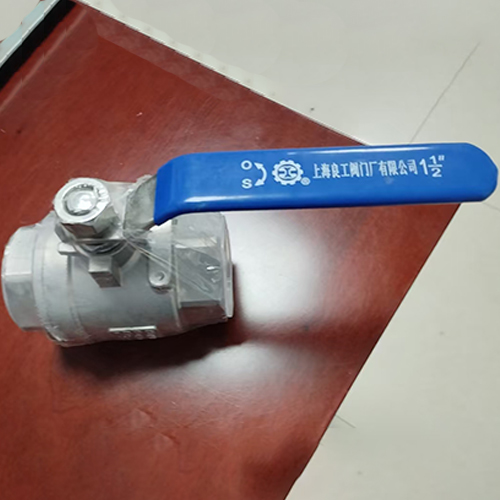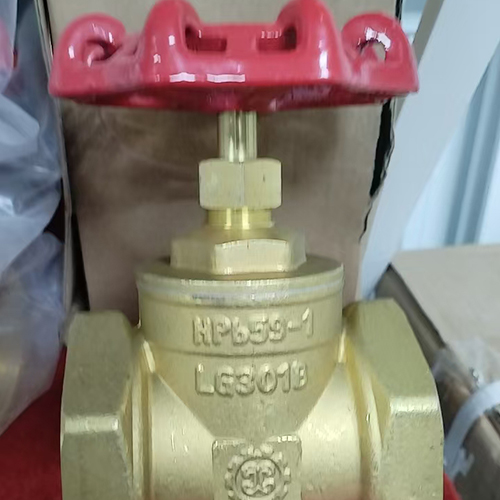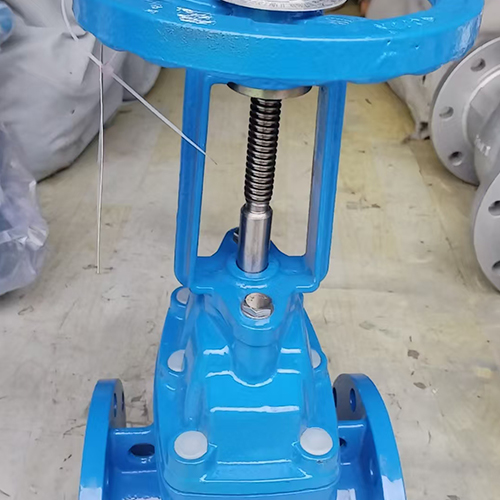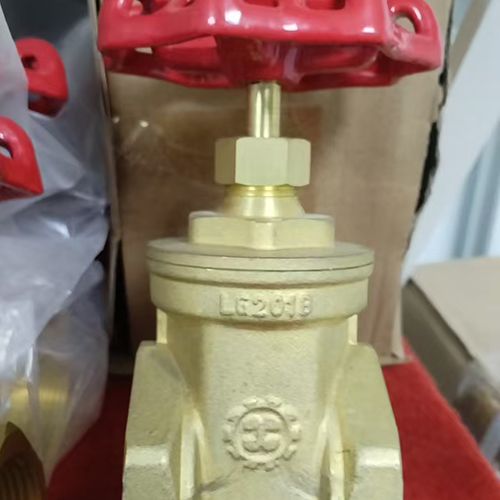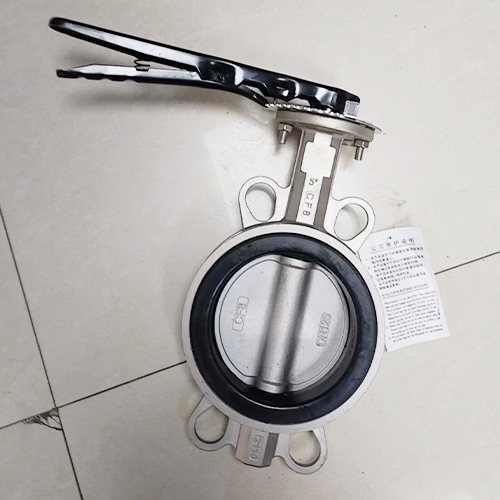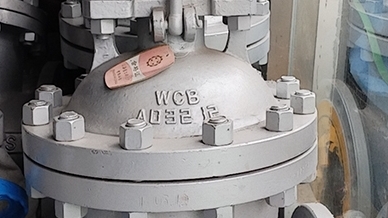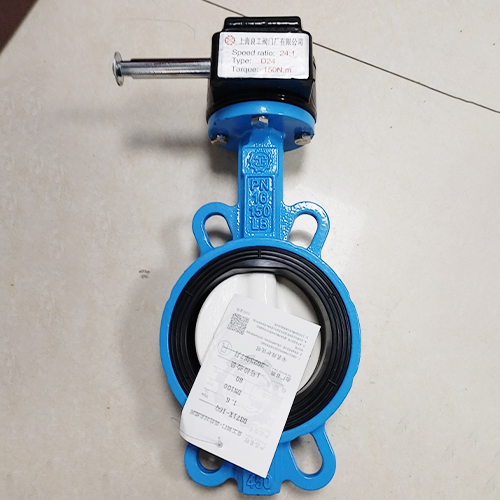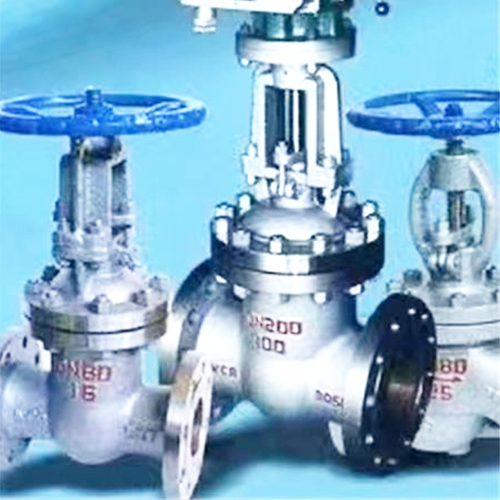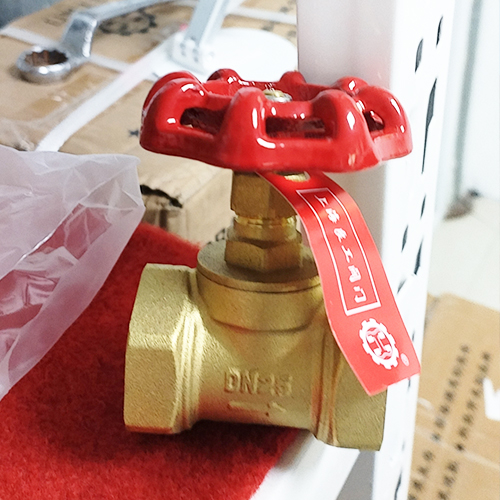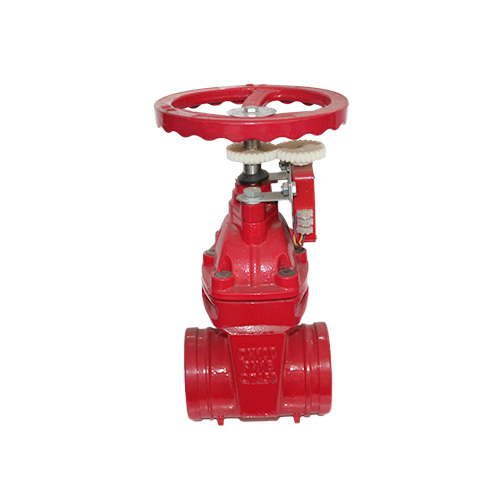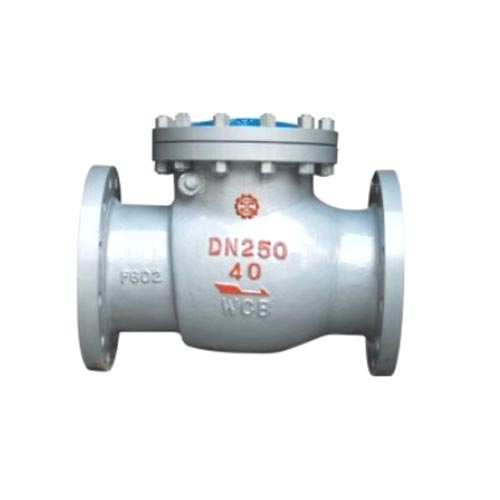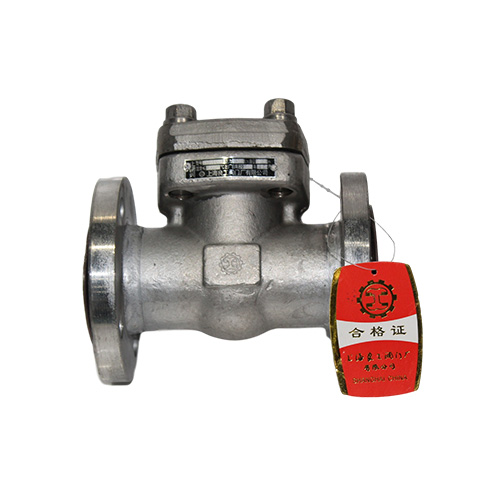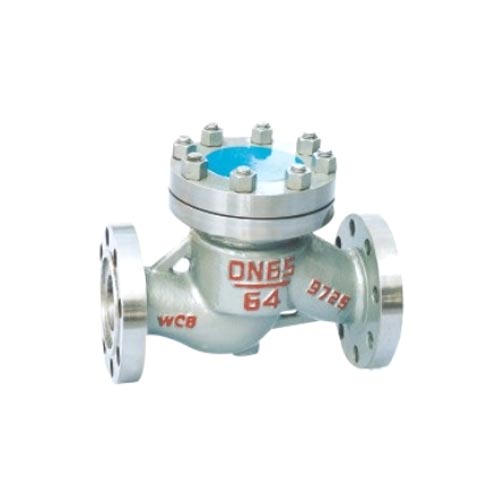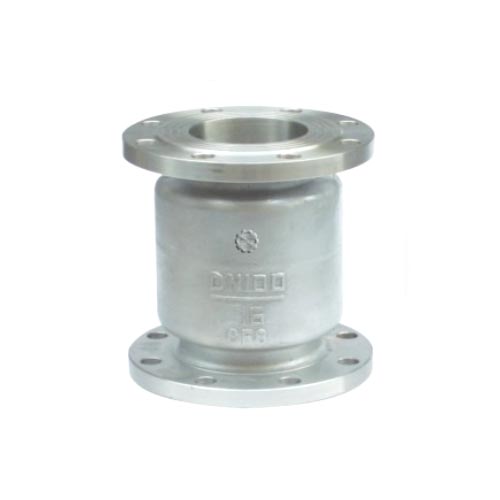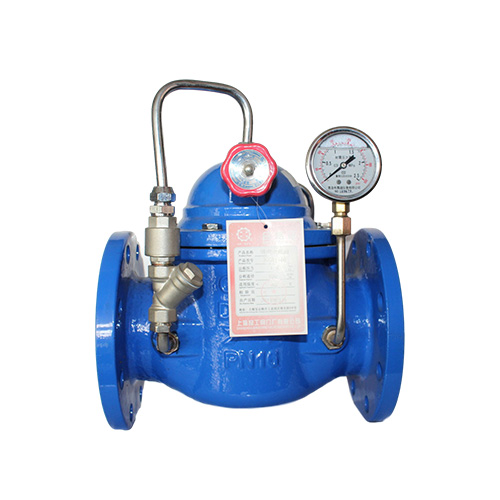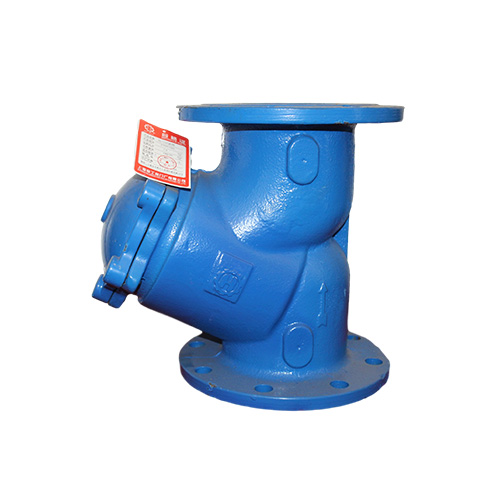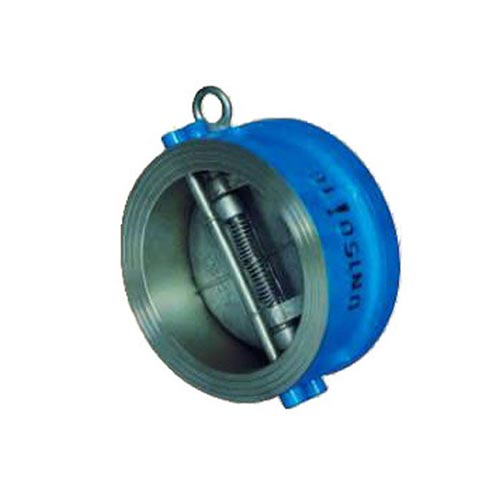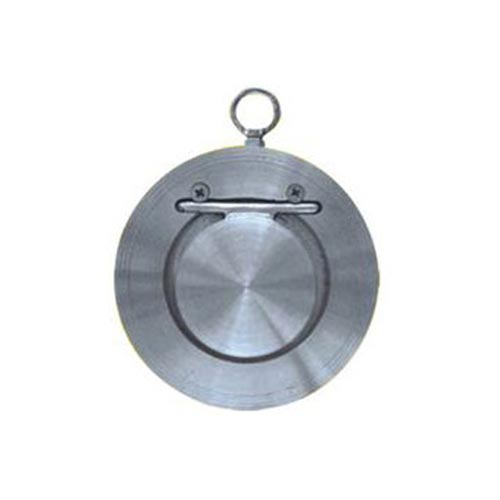閥門����,作為流體輸送系統(tǒng)中的 “交通警察”,掌控著介質(zhì)的流向��、壓力與流量�����。然而����,不同的介質(zhì)如同性格各異的 “乘客”��,有著獨(dú)特的化學(xué)�、物理特性�����,這就要求閥門材質(zhì)必須與之精準(zhǔn)匹配��,才能確保整個(gè)系統(tǒng)的順暢運(yùn)行�����,避免出現(xiàn)泄漏����、腐蝕等 “交通擁堵” 狀況。
Valves, as the "traffic police" in fluid transportation systems, control the flow direction, pressure, and flow rate of the medium. However, different media, like "passengers" with different personalities, have unique chemical and physical properties, which requires valve materials to be precisely matched to ensure the smooth operation of the entire system and avoid "traffic congestion" such as leakage and corrosion.
從化學(xué)特性來(lái)看�����,腐蝕性介質(zhì)堪稱閥門的 “頭號(hào)勁敵”�。以硫酸為例��,這一強(qiáng)腐蝕性介質(zhì),在不同濃度與溫度下���,對(duì)閥門材質(zhì)的考驗(yàn)截然不同�����。當(dāng)硫酸濃度在 80% 以上且溫度低于 80℃時(shí)��,碳鋼和鑄鐵閥門能憑借自身特性���,對(duì)其腐蝕展現(xiàn)出一定的抵抗力?�?梢坏┝蛩崽幱诟咚倭鲃?dòng)狀態(tài)��,這兩種材質(zhì)便難以招架��,容易遭受嚴(yán)重侵蝕�����。而像 304���、316 這類常見(jiàn)的不銹鋼閥門�,在硫酸介質(zhì)面前,適用范圍也較為有限�����。此時(shí)����,高硅鑄鐵或高合金不銹鋼成為輸送硫酸的優(yōu)選,它們憑借特殊的合金成分����,有效抵御硫酸的腐蝕攻擊。氟塑料因其出色的化學(xué)穩(wěn)定性���,制成的襯氟閥門也是應(yīng)對(duì)硫酸介質(zhì)的經(jīng)濟(jì)之選��。但當(dāng)壓力和溫度攀升����,塑料閥性能受限�����,陶瓷球閥則憑借耐高溫、耐磨損等特性 “閃亮登場(chǎng)”��,扛起保障系統(tǒng)穩(wěn)定運(yùn)行的重任���。
From a chemical perspective, corrosive media can be considered the "number one competitor" of valves. Taking sulfuric acid as an example, this highly corrosive medium has completely different tests on valve materials at different concentrations and temperatures. When the concentration of sulfuric acid is above 80% and the temperature is below 80 ℃, carbon steel and cast iron valves can exhibit certain resistance to corrosion based on their own characteristics. Once sulfuric acid is in a high-speed flow state, these two materials become difficult to resist and are prone to severe erosion. However, common stainless steel valves such as 304 and 316 have limited applicability in sulfuric acid media. At this time, high silicon cast iron or high alloy stainless steel have become the preferred choice for transporting sulfuric acid, as they effectively resist the corrosion attack of sulfuric acid with their special alloy composition. Fluoroplastics, due to their excellent chemical stability, make fluorine lined valves an economical choice for dealing with sulfuric acid media. But as pressure and temperature rise, the performance of plastic valves is limited, while ceramic ball valves shine with their high temperature resistance, wear resistance, and other characteristics, shouldering the responsibility of ensuring the stable operation of the system.
鹽酸介質(zhì)同樣讓多數(shù)金屬材料 “望而卻步”,包括各類不銹鋼��。含鉬高硅鐵雖能在 50℃���、30% 以下的鹽酸環(huán)境中勉強(qiáng) “堅(jiān)守陣地”�,但適用范圍極為狹窄���。與之形成鮮明對(duì)比的是����,眾多非金屬材料在鹽酸面前展現(xiàn)出卓越的耐腐蝕性�。于是,內(nèi)襯橡膠閥門和塑料閥門��,如聚丙烯��、氟塑料材質(zhì)的閥門�,成為輸送鹽酸的 “主力軍”。不過(guò),一旦鹽酸溫度超過(guò) 150℃�,壓力大于 16 公斤,這些塑料材質(zhì)閥門便難以勝任�,而新興的陶瓷球閥憑借自潤(rùn)滑、扭矩力小��、壽命長(zhǎng)等優(yōu)勢(shì)�����,成為高溫高壓鹽酸輸送場(chǎng)景下的新希望�。
The hydrochloric acid medium also discourages most metal materials, including various types of stainless steel. Although molybdenum containing high silicon iron can barely "hold its ground" in hydrochloric acid environments below 50 ℃ and 30%, its applicability is extremely narrow. In sharp contrast, many non-metallic materials exhibit excellent corrosion resistance in the presence of hydrochloric acid. So, valves lined with rubber and plastic materials such as polypropylene and fluoroplastic became the "main force" for transporting hydrochloric acid. However, once the temperature of hydrochloric acid exceeds 150 ℃ and the pressure exceeds 16 kilograms, these plastic valves become inadequate. The emerging ceramic ball valves, with their advantages of self-lubricating, low torque, and long service life, have become a new hope for high-temperature and high-pressure hydrochloric acid transportation scenarios.
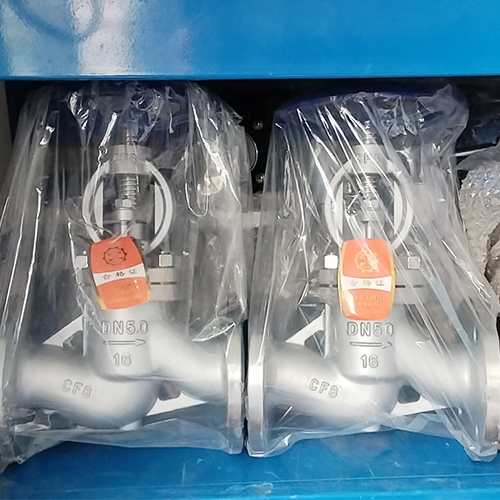
硝酸作為腐蝕性介質(zhì)中的一員,對(duì)金屬的腐蝕速度極快��,多數(shù)金屬在其面前迅速 “敗下陣來(lái)”�����。不銹鋼閥門在常溫下對(duì)各種濃度的硝酸有著良好的耐受性���,是常用的選擇���。但需要注意的是,含鉬的不銹鋼閥門����,如 316����、316L�,在硝酸中的耐蝕性并非總是優(yōu)于普通不銹鋼���,在某些情況下甚至表現(xiàn)更差�。對(duì)于高溫硝酸�,鈦及鈦合金材料憑借自身獨(dú)特的耐高溫、耐腐蝕性能����,成為保障閥門正常運(yùn)行的可靠之選。
Nitric acid, as a member of corrosive media, corrodes metals at an extremely fast rate, and most metals quickly "lose" in front of it. Stainless steel valves have good tolerance to various concentrations of nitric acid at room temperature and are a commonly used choice. However, it should be noted that stainless steel valves containing molybdenum, such as 316 and 316L, do not always have better corrosion resistance in nitric acid than ordinary stainless steel, and in some cases may even perform worse. For high-temperature nitric acid, titanium and titanium alloy materials have become reliable choices for ensuring the normal operation of valves due to their unique high temperature resistance and corrosion resistance.
從物理特性方面考量��,高溫介質(zhì)對(duì)閥門材質(zhì)的考驗(yàn)主要集中在熱穩(wěn)定性與機(jī)械性能上���。當(dāng)介質(zhì)溫度持續(xù)升高����,普通金屬材質(zhì)易出現(xiàn)變形���、強(qiáng)度下降等問(wèn)題���。此時(shí)����,高溫合金����、陶瓷等材料憑借出色的耐高溫性能 “挺身而出”。例如����,在高溫蒸汽管道中,采用陶瓷或耐高溫合金內(nèi)襯的閥門����,能夠在高溫環(huán)境下保持結(jié)構(gòu)穩(wěn)定,有效防止因熱變形導(dǎo)致的泄漏風(fēng)險(xiǎn)��。而低溫介質(zhì)�����,尤其是深冷環(huán)境下�����,普通金屬材質(zhì)會(huì)變得脆化,喪失應(yīng)有的韌性�����。這時(shí)候���,低溫橡膠�����、PTFE 等耐寒材料制成的閥門內(nèi)襯,能在極低溫度下保持良好的柔韌性與密封性能��,確保介質(zhì)輸送不受影響�����。
From the perspective of physical properties, the testing of valve materials by high-temperature media mainly focuses on thermal stability and mechanical performance. When the temperature of the medium continues to rise, ordinary metal materials are prone to problems such as deformation and decreased strength. At this time, materials such as high-temperature alloys and ceramics have stepped forward with excellent high-temperature resistance. For example, in high-temperature steam pipelines, valves lined with ceramics or high-temperature resistant alloys can maintain structural stability in high-temperature environments and effectively prevent leakage risks caused by thermal deformation. However, in low-temperature media, especially in cryogenic environments, ordinary metal materials will become brittle and lose their expected toughness. At this point, valve liners made of cold resistant materials such as low-temperature rubber and PTFE can maintain good flexibility and sealing performance at extremely low temperatures, ensuring that medium transport is not affected.
本文由 良工閥門 友情奉獻(xiàn).更多有關(guān)的知識(shí)請(qǐng)點(diǎn)擊 http://www.hf-hitech.com 真誠(chéng)的態(tài)度.為您提供為全面的服務(wù).更多有關(guān)的知識(shí)我們將會(huì)陸續(xù)向大家奉獻(xiàn).敬請(qǐng)期待.
This article is a friendly contribution from Lianggong Valve For more related knowledge, please click http://www.hf-hitech.com Sincere attitude To provide you with comprehensive services We will gradually contribute more relevant knowledge to everyone Coming soon.
 企業(yè)公告:
企業(yè)公告:

